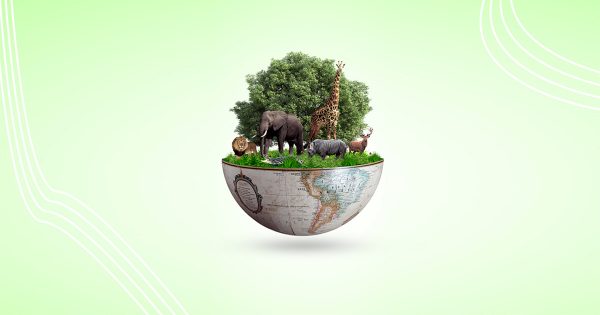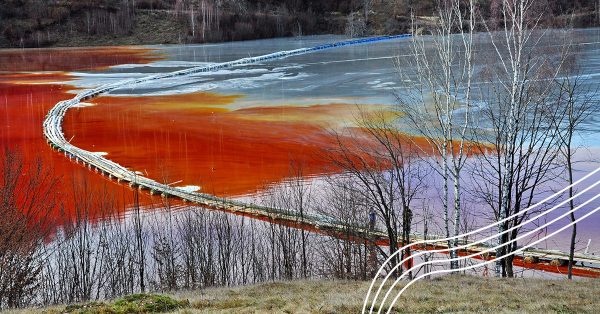Mercury, also known as quicksilver, has long been used to extract gold from ore. But the legacy of its use is decimated vegetation, dead wildlife and widespread pollution.
Environmentalists claim mining produces 20 tons of toxic waste for every 0.333-ounce gold ring and is responsible for dumping 180 million tons of toxic waste into rivers and oceans each year—more than 1.5 times the waste US cities send to landfill.
For centuries, mercury has been used as an easy and inexpensive way to get gold from ore. While mercury has been outlawed in the modern mining industry, it is still widely used in the artisanal and small-scale mining (ASGM) sector, that proliferates in many developing nations.
According to the United Nations, 12-15% of world gold production is from ASGM. An estimated 10-15 million miners, including 4-5 million women and children, are involved in the sector in over 70 countries throughout Asia, Africa and South America.
Illegal mining is credited with taking over much of South America’s gold reserves and destroyed over 250,000 acres of forest. In 2019, the Peruvian government declared martial law, expelling tens of thousands of small gold miners who relied on that work to earn their living, in an effort to stop further decimation of the landscape and wildlife.
ASGM is also the biggest source of mercury pollution in the world, accounting for 38% of total global mercury emissions. In 2018, ASGM was responsible for an estimated 1,846,720 pounds of mercury emissions.
The gold extraction process sees miners pump a mixture of water and sediment from a riverbed into a trough, where the sediment can be suspended into a slurry. They add mercury, which binds to the gold particles, forming an amalgam. As mercury is heavier than pure gold, the balls of amalgam sink to the bottom of buckets, or holding ponds, where they are collected. Next the miners burn off the mercury – often with a hand torch or in a crude stove – creating noxious gas – and leaving gold metal behind.
The ASGM sector demands the largest quantity of mercury – it takes about six pounds of mercury to produce one pound of gold – and virtually all of the mercury used is released into the environment. Each year, over 2000 tonnes of mercury from ASGM permeates the air, water and land, with devastating consequences.
The element has many toxic effects on humans and animals, even at very low levels. Miners exposed to mercury suffer neurological damage and other health issues. Communities near the mines are also exposed to the effects of mercury poisoning. Mercury tailings waste contaminates land and aquatic systems – decimating wildlife and accumulating in food staples such as fish, which is a major source of dietary protein in many ASGM regions. The toxic vapours are released into the air, spreading the ill-effects (which include physical and mental disabilities and compromised development in children) even further.
To protect people and the environment, the silvery liquid needs to be eradicated from the gold mining process. There is a need for efficient and easy�to�use mercury�free mining techniques to be rollout out – solutions that are low�cost and adaptable to the remote and under�resourced areas in which ASGM is most common.
Clean Mining, part of the Clean Earth Technologies group, has developed an outstanding solution. Its innovative alternative replaces mercury and cyanide in gold processing with a non-toxic, non-flammable and water-soluble reagent, using a safe, inorganic compound called thiosulphate. The result is a breakthrough solution that delivers safer conditions for miners, a healthier environment and ethically-produced clean gold.



